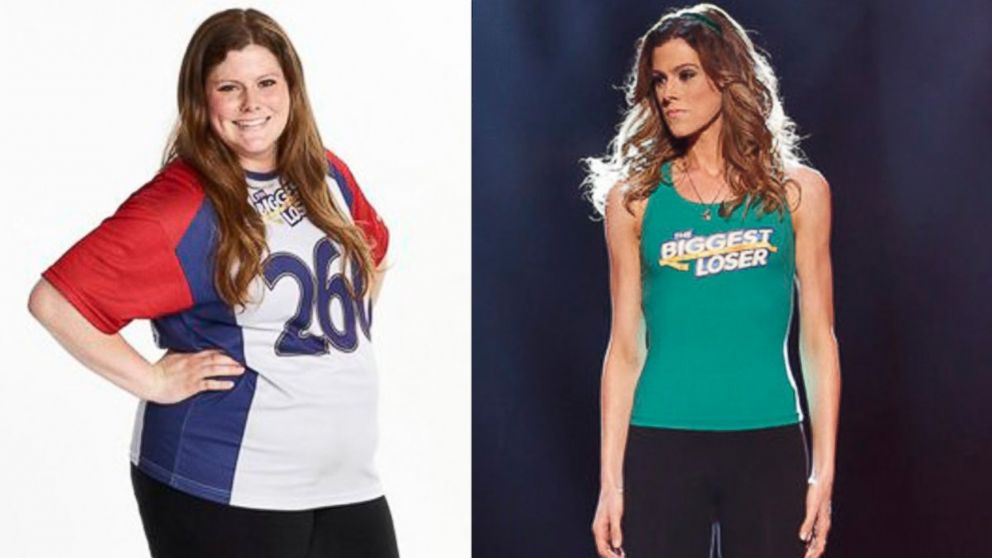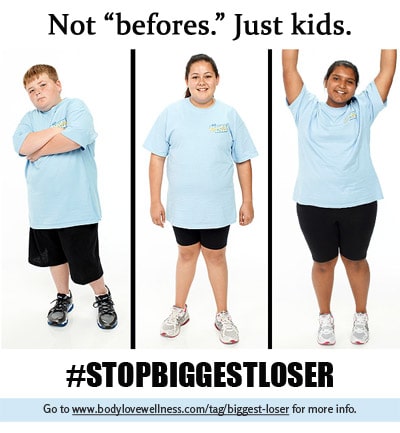The Thigh Gap
I was excited to have the opportunity to express the dry facts of this topic. I've always found this trend as an idea of ignorance, seeing as the physical attribute has nothing to do with weight or fat, but yet it has become a motivation of weight loss and a sort of "inspiration for young females, despite its possible incredibly dangerous circumstances.
The new controversy among teenagers known as the "thigh gap" has reached a dangerous high of popularity. The thigh gap has become an obsession among online social media encouraging young females to be so thin as to develop an often unattainable visual gap between their legs.
"Thinspiration", the disturbing current trend on social networks such as Tumblr, Instagram and Pinterest, promotes thinness to youth in an unhealthy way.
The new trend stemming off of "thinspiration" is the widely known "thigh gap", encouraging young girls to go to unhealthy extremes in pursuit of this defined space between their thighs. These pressures have skyrocketed to the point to where it has been almost a defining feature--whether a female has a "thigh gap" or not. But what most young girls don't know is that it can be physically impossible to obtain this feature, depending on many physical attributes.
A thigh gap is a quite unalterable feature for many people, because of many factors, a majority of which being associated with genetics.
Many people were simply born with the attribute, or born with an inability to obtain it, and this is neither a good or bad thing; it just means that you either have a space between your legs or you don't. This attribute has nothing to do with if you're fat or skinny, or ugly or pretty; its just a simple attribute. What many people don't know is that the "thigh gap" is not something you can just get. It has to do with many genetic factors such as body type, pelvic structure and tendon length.
Everyone's body is different, but there are different types. The human body is divided into three main physiques based on propensity for fat gain, muscle growth or gain and frame. The mesomorph is known to have an athletic body type, generally described as "medium" built. Mesomorphs generally have an efficient metabolism and responds quickly to exercise and muscle growth. Endomorphs has soft and curvy physique and a sluggish metabolism, which means they gain weight easily and have to work hard to lose it. Some of the sexiest actresses and models are endomorphs such as Beyoncé, Shakira and Jennifer Lopez. Ectomorphs display opposite characteristics from endomorphs. Ectomorphs are slim boned, long-limbed with very little body fat and muscle. Supermodels, ballerinas and basketball players are most commonly ectomorphs.
As you can see from the picture, the only body type with the ability to healthily obtain a "thigh gap is an ectopmorph due to their characteristics. But even with those characteristics, it doesn't necessarily mean that its healthily possible to obtain this attribute.
"There are absolutely differences in pelvics structures -- and more specifically in femoral neck angulation -- that can predispose someone to having more of a thigh gap than others," say Dean Somerset, exercise physiologist, strength coach and creator of Post Rehab Essentials (cited in jensinkler.com). "Essentially, the wider the pelvis and the closer the femoral neck angle is to ninety degrees, the greater the spacing between the thighs will be, irrespective to leg length, body fat, muscle mass, and so on."
So basically, two women can have identical leg lengths, thigh circumferences and body fat percentages, but that does not in any way guarantee that one, both or neither of them will have a thigh gap.
Along with pelvic size, tendon length is also a characteristic which depicts the thigh gap.
"Another feature is the positioning of the belly [the thickest part] of the adductor muscles [o the inner thigh] in relation to the tendon. Some people are born with the thicker part of the adductor muscles in a high relative position on their thigh than others, which would limit the amount of spacing in between the thighs," says Somerset. "If someone is born with a longer tendon length to her adductors, she will show a gap much easier than someone with a shorter tendon length, completely irrespective of fitness, body composition or workout history."
With all of these characteristics, it may be obvious that it can be near impossible for one to obtain a "thigh gap", but still, it is widely controversial among young social media participants, who make up most of the younger generation. Should this be an accepted topic? Why has nothing been done to stop it?
The media has embraced it.
"The intrusion and presence of social media in our lives really does make is very difficult," said Nancy Albus, chief executive officer at Castlewood Treatment Center, a suburban St. Louis facility that focuses on eating disorders.
"The important distinction about thigh gap is that is gives you an actual visual to achieve, this visual comparison of how your body does or doesn't stack up."

























